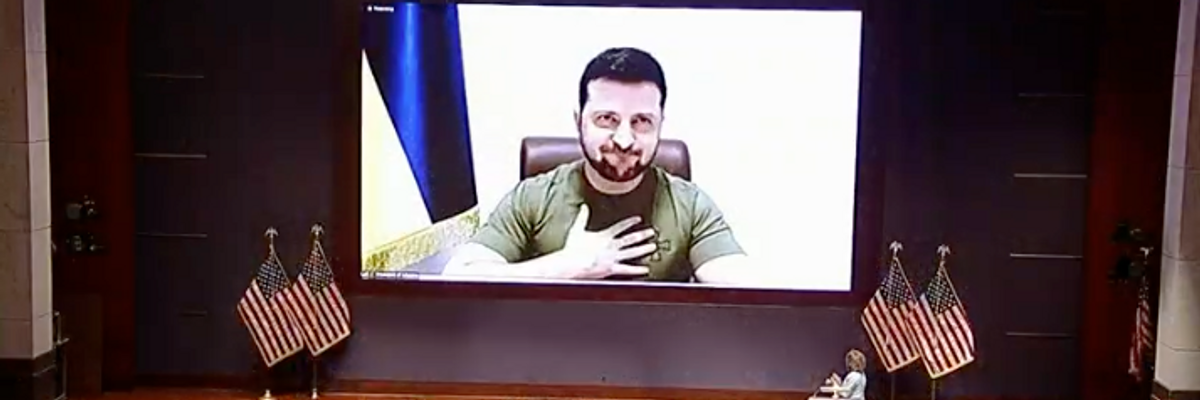The majority of Americans polled do not want to supply more U.S. aid for the war in Ukraine, according to a new survey by CNN/SSRS released today.
According to the data, 55 percent of Americans do not think Congress “should authorize additional funding to support Ukraine in the war with Russia,” while 45 percent said Congress should approve more.
Another 51 percent say the U.S. has “done enough” to “stop Russian actions in Ukraine,” while 48 said Washington has not done enough.
For comparison, according to CNN, 62 percent of Americans polled just after Ukraine was invaded said the U.S. should be doing more.
Not surprisingly, the responses tracked heavily on partisan lines. On the question of Congressional funding, 71 percent of Republicans, 38 percent of Democrats, and 55 percent of independents said no more funding. On the promotion of more aid, it was flipped, with 62 percent of Democrats, 28 percent of Republicans, and 44 percent of independents saying Congress should authorize more. Whether one identified as a “liberal” or “conservative” dictated support for more or less aid respectively.
How this will play out in the expected vote for more Ukraine aid this fall is anyone's guess, as it will depend on how much and through what kind of package the new funding will be proposed. A handful of Republican lawmakers have already promised a fight, either to stop the aid entirely or to put conditions on it before passing.
This doesn’t mean that Americans aren't still in favor of assisting the Ukrainians, however. Solid majorities in the CNN/SSRS poll want to share intelligence with Ukraine (63 percent) and offer military training (53 percent). Less than 50 percent want to continue giving Kyiv weapons (43 percent). Only 17 percent want U.S. soldiers on the ground participating in combat with the Ukrainians.
The poll also doesn’t bode well for Biden’s handling of major foreign policy issues. Some 53 percent disapprove of how he is handing the war in Ukraine; 56 percent disapprove of how he is handling Russia; and 57 percent disapprove of how he is handling the relationship with China.














